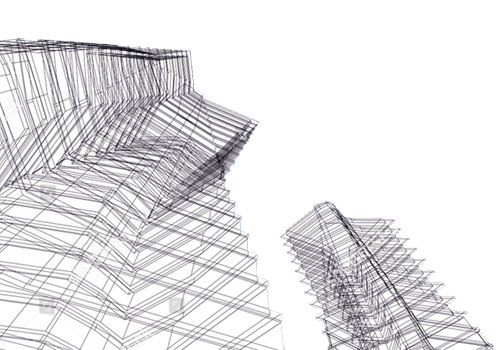CSI Bridge vs Traditional Bridge Analysis Methods: Revolutionizing Bridge Engineering
The development of cutting-edge software solutions has changed how bridges are planned, analyzed, and assessed in the field of bridge engineering. One such innovative instrument is the potent bridge structural analysis program CSI Bridge. We'll examine the fundamental distinctions between CSI Bridge and conventional bridge analysis techniques in this blog post, as well as the advantages and positive effects that this software has on the discipline of bridge engineering.
Precision and
Effectiveness
The manual computations and simplified
assumptions used in traditional bridge analysis methods might result in errors
and inaccurate results. In contrast, CSI Bridge uses advanced algorithms and
numerical techniques to produce extremely accurate findings. CSI Bridge reduces
the need for human computations, lowering the possibility of error and saving
critical time by utilizing cutting-edge computational techniques.
Detailed Bridge
Modelling
A thorough understanding of the various
structural components and how they interact is necessary for bridge analysis.
Traditional techniques frequently have trouble correctly capturing the
complexity of contemporary bridge systems. However, CSI Bridge has thorough
bridge modeling capabilities, enabling engineers to produce accurate 3D models
of bridges. Because of this, complicated geometries, intricate loadings, and
intricate behavior of bridge components may be accurately represented, leading
to more accurate analysis and design conclusions.
Dynamic Analysis
and Performance Evaluation
Dynamic analysis is crucial for
evaluating the behavior and performance of bridges under dynamic forces such as
earthquakes and traffic-induced vibrations. Traditional methods often struggle
to capture the dynamic response accurately, as they may overlook important
factors or rely on simplified assumptions. CSI Bridge incorporates advanced
dynamic analysis capabilities, allowing engineers to conduct comprehensive
dynamic assessments. By considering various dynamic effects and accounting for
nonlinear behaviors, CSI Bridge enables engineers to evaluate the bridge's
performance more accurately and identify potential risks and mitigation
strategies.
Integration of
Design Codes and Standards
Compliance with design codes and
standards is vital in bridge engineering to ensure the safety and reliability
of structures. Traditional methods often require manual interpretation and
application of design codes, which can be time-consuming and prone to errors.
CSI Bridge simplifies this process by integrating various design codes and
standards within the software itself. Engineers can select the appropriate
design code, and CSI Bridge automatically applies the relevant provisions,
simplifying the design process and ensuring compliance with the latest industry
standards.
By offering robust bridge structural analysis software that outperforms conventional analysis techniques in terms of accuracy, efficiency, and thoroughness, CSI Bridge has revolutionized the area of bridge engineering. Engineers may more accurately and confidently design, analyze, and assess bridges using CSI Bridge's advanced computational approaches, thorough bridge modeling, advanced load analysis, dynamic analysis capabilities, and integrated design code compliance.
A new era of bridge design and analysis is being ushered in by CSI Bridge, a leader in the rapidly evolving field of bridge engineering. Engineers may push the boundaries of innovation and build bridges that are not only useful but also resilient and sustainable for the long term thanks to CSI Bridge's strong features and capabilities.



.png)
Comments
Post a Comment